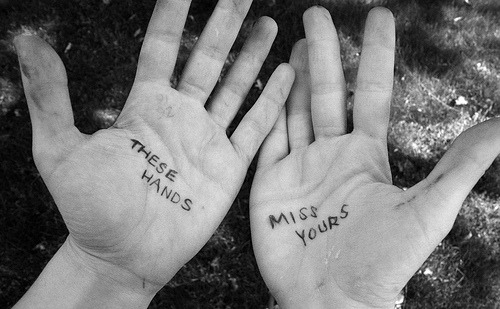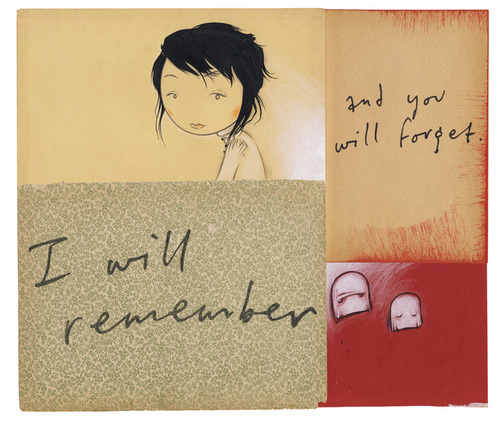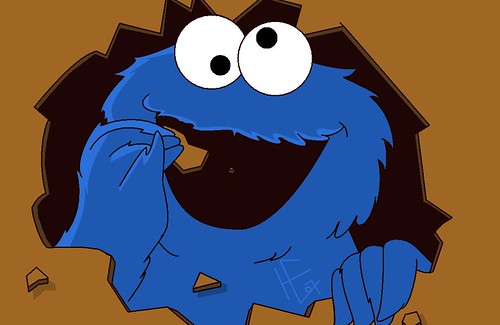
Michelangelo Buonarroti (1475-1564)
The Dream of Human Life, c. 1533
Black chalk, 39.4 x 27.7 cm
The Courtauld Gallery, London
The Dream of Human Life, c. 1533
Black chalk, 39.4 x 27.7 cm
The Courtauld Gallery, London
Source: Courtauld Gallery
The Dream is one of Michelangelo’s ‘presentation drawings’, a magnificent and famous group of highly refined compositions which the artist gave to his closest friends. These beautiful and complex works transformed drawing into an independent art form and are amongst Michelangelo’s very finest creations in any medium. The Dream was probably made for a young Roman nobleman called Tommaso de’ Cavalieri, who was celebrated for his outstanding beauty, gracious manners and intellect. Michelangelo had first met him in Rome in the winter of 1532 and had instantly fallen in love. The Dream is likely to have been part of the superb group of drawings which Michelangelo gave to Cavalieri during the first years of their close friendship. This group forms the heart of the exhibition and includes The Punishment of Tityus, The Fall of Phaeton, A Bacchanal of Children and The Rape of Ganymede. In his Life of Michelangelo (1568) the biographer and artist Giorgio Vasari praised these exceptional works as ‘drawings the like of which have never been seen’ – and they are still regarded as amongst the greatest single series of drawings ever made.
Michelangelo’s drawings for Cavalieri have not been seen together for over twenty years and this is the first time that The Dream will be shown as part of this group. Exceptionally also, The Fall of Phaeton will be reunited with two earlier versions of this composition. Both carry inscriptions in Michelangelo’s hand, one requesting Cavalieri’s approval of the preliminary design.
The exhibition starts with the earliest surviving letter from Michelangelo to Cavalieri, dated 1 January 1533, in which the artist expresses his delight that Cavalieri had agreed to accept the gift of some drawings. Cavalieri is thought to have been no older than 17 at the time and, according to Vasari, Michelangelo’s gifts were primarily intended to teach him how to draw. The mythological stories such as Phaeton falling to earth with the chariot of the sun, the abduction of Ganymede – the most beautiful of mortals – and the punishment of the lustful giant Tityus may also have been intended to offer moral guidance. The drawings certainly also served as expressions of Michelangelo’s love for Cavalieri.

























0 comments:
Post a Comment